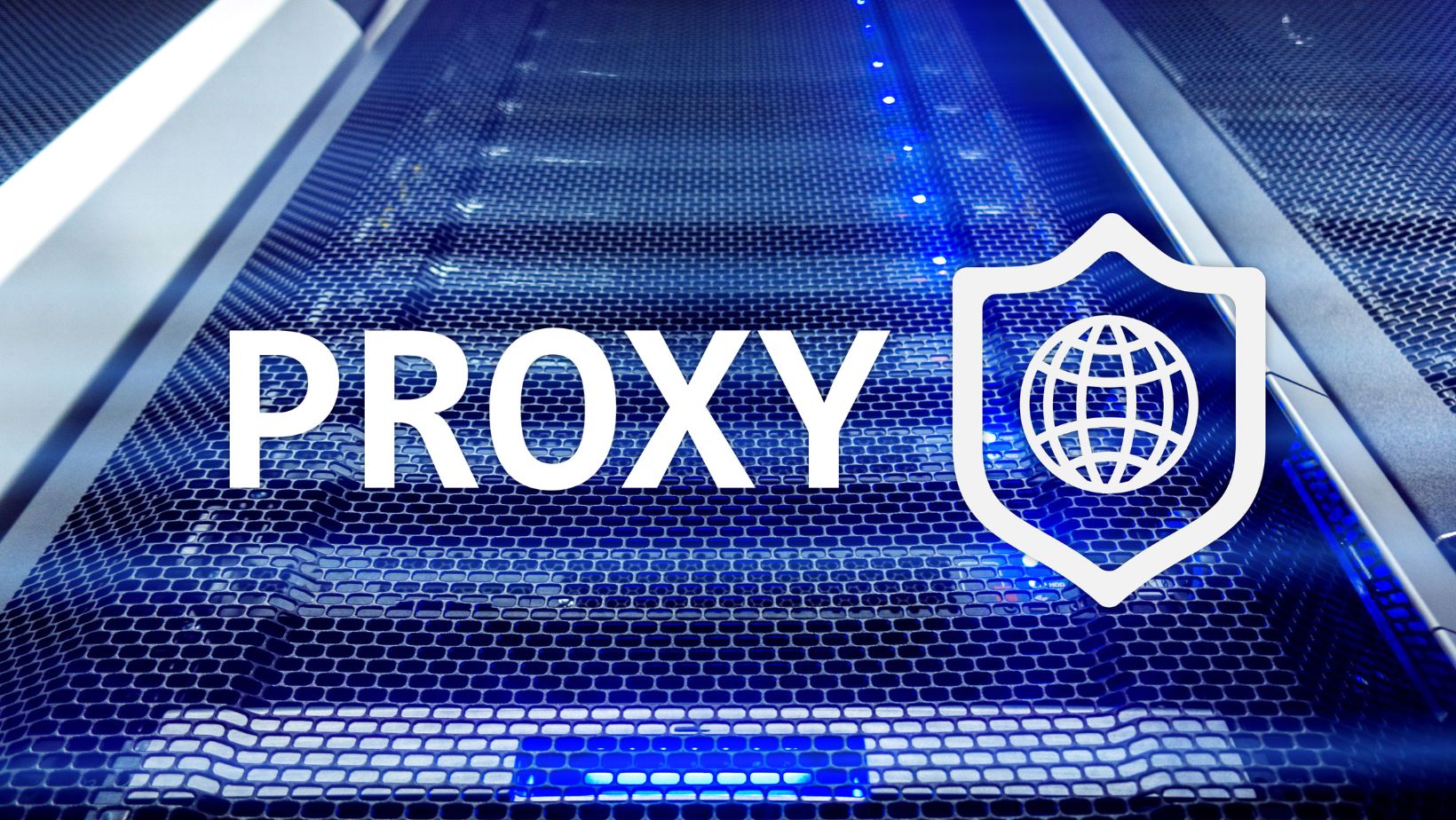Many businesses choose third-party providers, but developing a custom ISP proxy infrastructure offers better performance, reliability, and potential cost savings for extensive web scraping operations. This guide delves into the technical details of constructing and sustaining your own isp proxies network.
Understanding ISP proxy architecture
Internet Service Provider proxies represent a sophisticated hybrid solution combining the best features of residential and datacenter proxies. Unlike residential proxies that rely on consumer devices or traditional datacenter proxies using cloud IP ranges, ISP proxies operate from professional hosting environments while utilizing legitimate ISP-assigned addresses.
The core components require detailed technical specifications for optimal performance. The proxy server software layer typically consists of Squid or Nginx proxy servers configured with custom modules, HAProxy or IPVS for initial traffic distribution, custom routing modules for geographic targeting, dedicated session management components, and real-time monitoring systems. Each component plays a vital role in ensuring smooth operation, with load balancers distributing traffic across multiple proxy servers while monitoring systems track performance metrics and detect potential issues.
Infrastructure requirements vary significantly based on scale. A small operation processing 100-500 requests per second might start with 2-3 servers with 16 cores and 32GB RAM. Medium-scale operations handling 500-2000 requests require 5-10 servers with 32 cores and 64GB RAM. Large operations processing over 2000 requests per second need 15+ servers with distributed architecture. Enterprise-level setups require custom configurations with dedicated hardware in multiple locations.
When selecting components for your ISP proxy infrastructure, consider these essential factors that will affect long-term performance:
● Proxy Server Selection
○ Command-line interface availability for automation
○ Plugin architecture for custom modules
○ Active community and regular updates
○ Performance under peak loads
● Network Equipment Requirements
○ Support for multiple routing protocols
○ Hardware acceleration capabilities
○ Advanced QoS features
○ Redundancy options
● Management Infrastructure
○ API availability for automation
○ Real-time monitoring capabilities
○ Custom reporting options
○ Integration with existing tools
These factors will significantly impact your ability to maintain and scale the infrastructure as your needs grow.
Acquiring and managing ISP addresses
Establishing relationships with Internet Service Providers represents the most crucial step in building your proxy infrastructure. This process demands careful planning, comprehensive technical documentation, and often extended negotiations. Organizations must present legitimate use cases, demonstrate compliance with provider policies, and maintain transparent communication about intended traffic patterns.
Legal compliance plays a crucial role when acquiring ISP addresses. Organizations must understand and adhere to local regulations regarding proxy services, data collection, and privacy laws. This includes data protection regulations like GDPR and CCPA, telecommunications laws regarding proxy services, local ISP regulations, cross-border data transfer requirements, and industry-specific compliance standards.

The typical cost structure for a medium-sized operation includes initial investments in server hardware ($30,000-50,000), network equipment ($10,000-15,000), software licenses ($5,000-10,000), and initial setup ($15,000-25,000). Monthly operating expenses include bandwidth costs ($3,000-5,000), IP lease fees ($1,000-2,000 per subnet), maintenance ($2,000-3,000), and support staff ($8,000-12,000).
Technical implementation
Server infrastructure setup requires enterprise-grade hardware, sophisticated proxy software configuration, and proper network architecture. The proxy software configuration must address several critical parameters including connection settings, traffic routing, and security measures.
Connection settings optimization requires careful tuning of maximum connections per IP, timeout values, keep-alive duration, and buffer sizes. Traffic routing implementation involves configuring BGP routing protocols for multiple uplinks, ECMP load balancing for traffic distribution, geographic routing tables, failover configurations, and custom routing rules for specific target sites.
Organizations should implement proper monitoring tools from the start. These include server resource monitoring, network performance tracking, and proxy success rate analytics. Tools like Prometheus for metrics collection and Grafana for visualization provide comprehensive monitoring capabilities.
Advanced proxy management
Sophisticated management systems form the backbone of efficient proxy operations. These systems handle session management, IP rotation, and performance monitoring. The management layer must implement automated IP rotation based on success rates, response times, and target website requirements.
Geographic distribution requires careful planning and implementation. Deploy proxy servers in strategic locations to minimize latency and improve access to geo-restricted content. For optimal performance, servers should be placed in major internet exchange points with direct connections to target regions.
When operating large-scale proxy infrastructure, you’ll encounter various challenges. Here’s how to address the most critical issues:
● Connection Failures
○ Implement automatic failover routing
○ Deploy backup proxy chains
○ Use smart retry mechanisms
○ Monitor connection quality metrics
● Performance Degradation
○ Deploy predictive scaling
○ Implement automatic resource allocation
○ Use adaptive rate limiting
○ Monitor bandwidth patterns
● Security Incidents
○ Deploy intrusion detection systems
○ Implement automatic blocking
○ Use pattern-based detection
○ Monitor suspicious activities
Understanding and preparing for these challenges will help maintain stable operation of your proxy infrastructure.
Load balancing configuration must account for factors like server capacity, network latency, and geographic distribution. Implementation requires both hardware load balancers for traffic distribution and software-based solutions for session persistence and failover handling.
Optimization for web scraping
Web scraping operations demand specific proxy optimizations to maintain high success rates. Session management requires sophisticated handling of cookies, user agents, and request parameters. Advanced session management includes browser fingerprint rotation, cookie management, and user agent variation.

Performance optimization focuses on connection pooling configuration, keep-alive connection management, DNS caching implementation, request queue optimization, and response compression settings. Each component must be tuned to maintain high throughput while avoiding detection.
Security and maintenance
System monitoring covers server resource utilization, network performance metrics, proxy success rates, IP reputation scores, and authentication system logs. Monitoring tools should provide real-time alerts and historical data analysis capabilities.
Scaling considerations affect both hardware and software components. For horizontal scaling, implement automation tools for deploying new servers and managing configurations. Vertical scaling requires careful capacity planning and scheduled hardware upgrades.
Conclusion
Building your own ISP proxy infrastructure requires significant investment but offers long-term benefits through reduced operating costs and improved control. Initial setup costs typically range from $50,000 to $200,000 depending on scale, with monthly operating expenses between $5,000 and $20,000.
Organizations should plan for regular hardware upgrades, software updates, and potential expansion of proxy networks. Consider both technical debt management and infrastructure evolution as requirements change and new technologies emerge.


